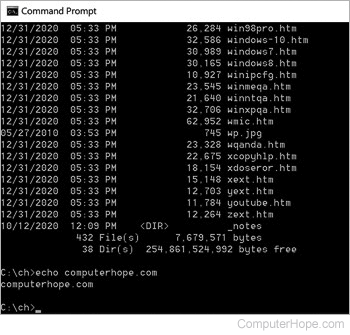Command-line interpreter

A command-line interpreter (command interpreter) is a program responsible for handling and processing text commands. For example, the command-line interpreter for MS-DOS and early versions of Windows is COMMAND.COM. In later versions of Windows, it is cmd.exe (Command Prompt). Those who use Unix and macOS operating systems may be familiar with Shell and Terminal, respectively.
While not as popular as GUI (graphical user interface) software, command-line interpreters are still beneficial. They excel at automating commands like copying images of certain file formats or preventing specific programs from loading on startup. CLIs also give advanced users more comprehensive access to the functions of an operating system.
How does it work?
While each variant has subtle differences, command-line interpreters all accept text via a keyboard input through a command-line interface using a command prompt. Once the command is entered, the CLI translates it into functions that the operating system understands. The operating system then returns output to the user or performs a task based on the information it receives.
macOS, MS-DOS, Operating system terms, Startup, Unix, Windows
